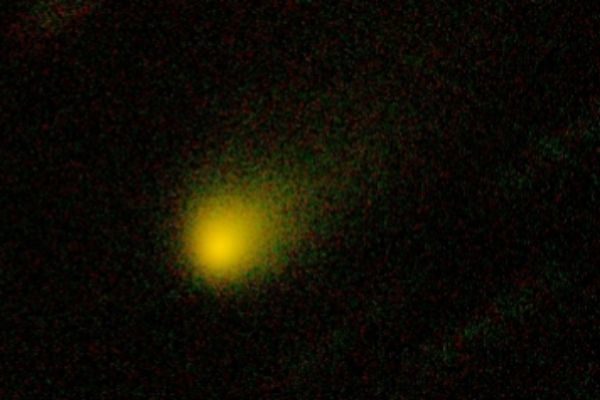- Oumuamua.The first interstellar asteroid we see is also the strangest
- SETI.Telescopes in search of aliens
- Discussion.What message would you send to contact aliens?
The spacecraft currently available allow us to explore only the planets and moons of our solar system. The Voyager twin probes, launched in 1977, have managed to cross their border and become the man-made objects that have gone farther, but for now it is not possible to venture further. However, for comets and asteroids there are no technological limits or borders and therefore they can reach our solar system after traveling for possibly hundreds of millions of years.
Detecting them is not easy, so after a long time developing theories about their existence, the discovery, two years ago, of the first interstellar comet, Oumuamua, was welcomed with great enthusiasm. For being the first object that comes from another star system and for its strange form and behavior, which gave rise to a debate about its possible extraterrestrial origin. Oumuamua was traveling at a very high speed, it had an elongated shape - reminiscent of a cucumber - and unlike what is usual in comets, it did not emit gases despite being close to the Sun when it was discovered.
After that discovery, a team of Polish scientists led by Piotr Guziz, developed a specific computer program to find other interstellar comets in the sky. The program, dubbed Interstellar Crusher , gave its first alert on September 8 : it had found an object that, according to its discoverers, is an interstellar comet. However, as detailed this week in the journal Nature Astronomy, its appearance is nothing extravagant and closely resembles the comets of our system alone r.
Two days after the alert, its existence was confirmed by the William Herschel telescope on the Canary Island of La Palma. The second identified interstellar comet has been called 2I / Borisov and has been able to be photographed although its discoverers hope to study it in more depth, as it will be observable during the coming months .
For now, they have been able to see their hair or comma, that is, the cloud of dust and gas that surrounds the nucleus of a comet, and its tail. According to his calculations, its nucleus is one kilometer in diameter.
According to the criteria of The Trust Project
Know more- Science and Health
- science
Science Fall 2019 starts today, September 23, but ... How long does it last? When is the time change?
Climate crisis Roadmap to reduce CO2 emissions by half in 2030
AstronomyThe 10 things you need to know about the beginning of autumn

